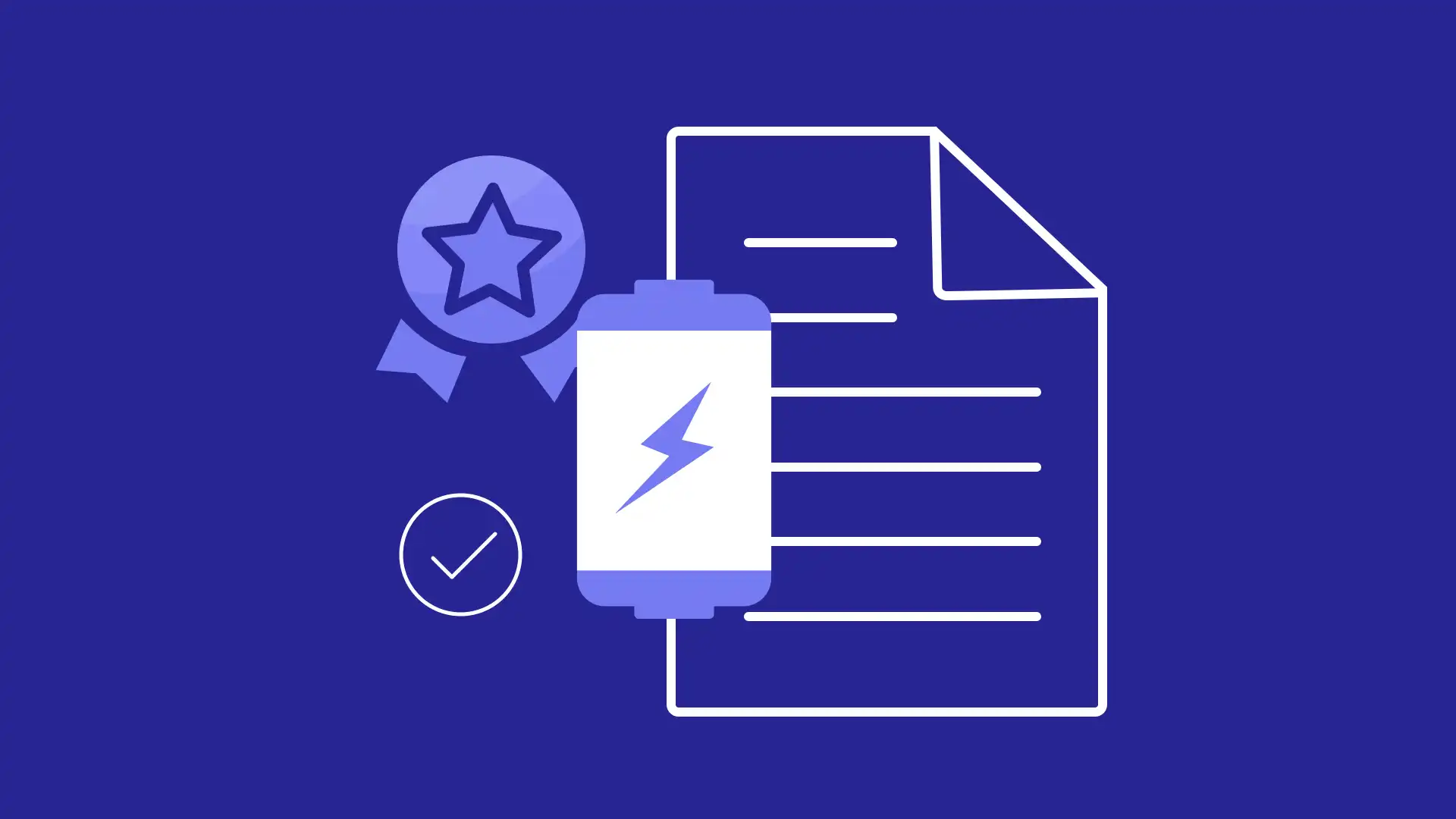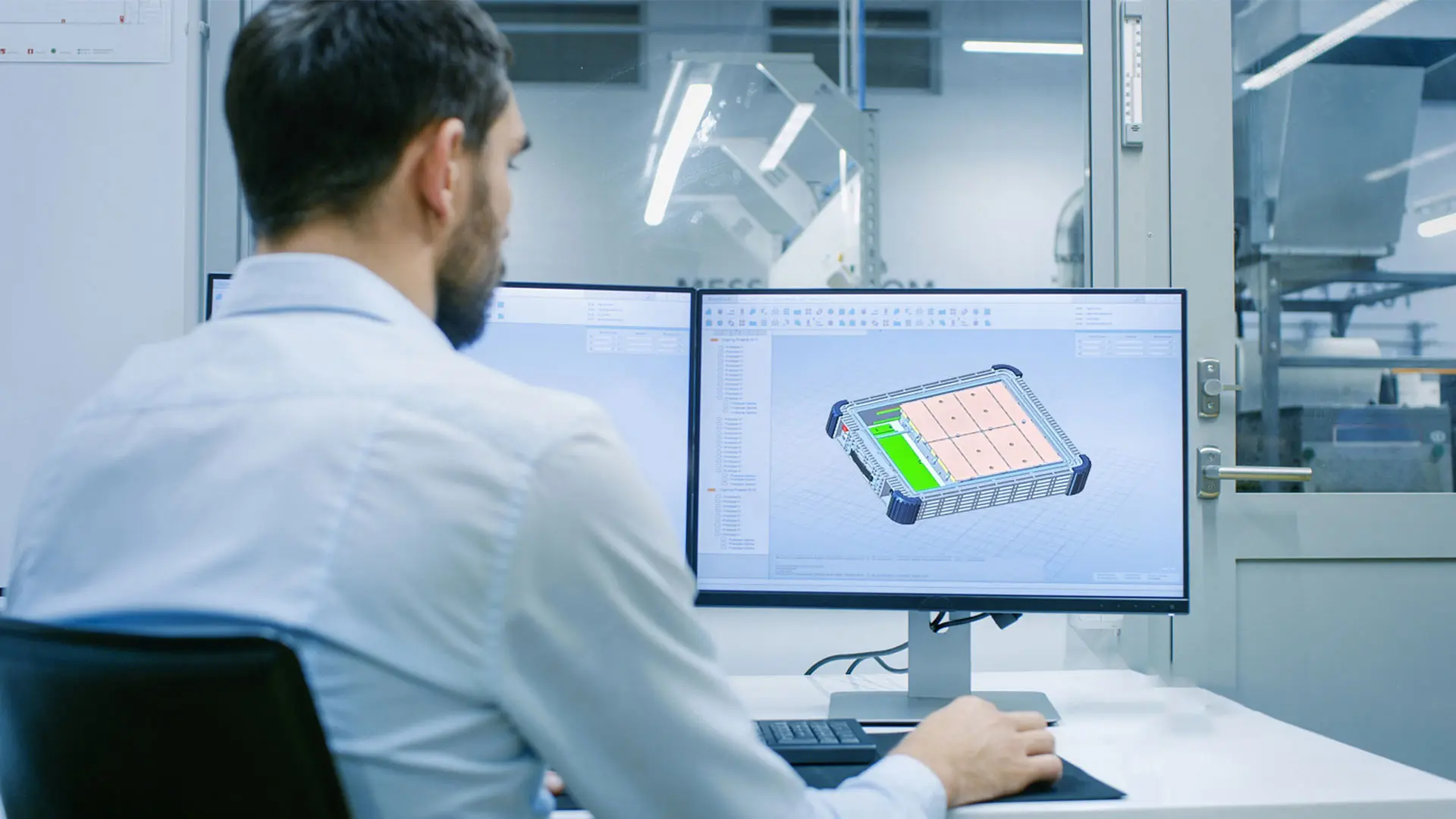In 1859, the lead-acid battery was invented. We used this battery for 131 years before the first commercial lithium-ion battery hit the market. Think about that -131 years. In the past 31 years, the lithium battery has skyrocketed and become a mainstay of every household in the world. It now powers cars, cell phones, laptops, and many of the most important electronics in our daily lives and industries worldwide. The takeaway from this is that advancements in new battery materials that change the way we live our lives can happen suddenly and make an impact for decades to come.
We’re currently experiencing some of the most exciting advancements in battery chemistry that we’ve ever seen, some of which will likely impact the rest of our lives and change the future of batteries. Here are some of the most exciting battery chemistry advancements happening in the industry today.
Fluoride-Free Binders and Electrolytes
While binders and electrolytes play essential roles in the stability and performance of lithium batteries, most contain the toxic chemical fluoride, which can be harmful to people and the environment. For these reasons, researchers have been developing fluoride-free binders that do not use the typical polyvinylidene fluoride (PVDF) that most batteries use. These new alternatives present an opportunity to make lithium batteries less dangerous and environmentally harmful while improving the flexibility and performance of lithium batteries.
Manganese Cathode
Cathodes are commonly made using cobalt, which tends to be very expensive and often unethically sourced. While sourcing cobalt ethically is possible, it requires close monitoring of labor practice protocols which are difficult to oversee properly. This is why researchers are developing manganese cathodes as an alternative.
Manganese is abundant, cheap, able to be ethically sourced, and has a better environmental impact than cobalt. Manganese-based cathodes, such as lithium manganese oxide (LMO), also offer high thermal stability, making them a good option for grid storage and EV batteries. This cheaper alternative could allow for lithium batteries to become more accessible and scalable in global markets.
Iron-Chloride Cathode
Another popular alternative for cobalt cathodes is iron-chloride. Iron is one of the most abundant elements on Earth making it a sustainable option for future lithium battery scaling around the globe. Iron-chloride has a very high theoretical capacity, making it a good alternative where energy density and long cycle life are crucial. The implementation of iron cathodes could help stabilize the supply chain as we move away from cobalt parts.
Nickel and Magnesium
Nickel and Magnesium are also earth-abundant alternatives to cobalt. Nickel offers high energy density and thermal stability, making it ideal for high-performance applications such as EV batteries. Nickel batteries can achieve longer ranges and improved efficiency, essential factors for EVs. Magnesium is more cost-effective and sustainable than Nickel but has a lower energy density. Still, it’s a viable option for grid storage and less energy-demanding battery applications.
These are just a few of the many new battery materials changing the industry, promising a more sustainable and scalable future for lithium batteries around the world. Check out part 2 for more new battery material information.












3 thoughts